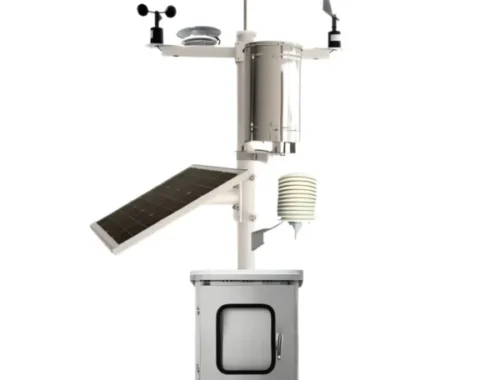Commission sets out blueprint for the EU’s economic recovery
Commission sets out blueprint for the EU’s economic recovery
Europe 2020, the Commission’s ten-year strategy to revive the European economy, warns of a ‘lost decade’ if governments do not act boldly.
The European Commission will next week set out a ten-year strategy to revive the European economy
It will argue that Europe risks a “lost decade” of stagnation and decline if it does not act boldly and improve the co-ordination of economic policy.
José Manuel Barroso, the president of the Commission, has already made the strategy, to be known as Europe 2020, the centrepiece of his second term, saying that it should guide the Commission’s work for the next five years.
He wants member states to take ownership of the strategy, believing that its predecessor, the Lisbon Agenda, failed to meet its goals because member states gave up on it. “The European Council should lead the strategy,” the paper argues.
The Commission wants government leaders to endorse Europe 2020 at a meeting on 25-26 March. Barroso will hold a seminar with his commissioners today (25 February) to fine-tune the details of the strategy document to be published on 3 March.
A draft, seen by European Voice, proposes that the EU should increase its employment rate from 69% to “at least” 75%, increase investment in research and development from 1.9% of EU gross domestic product (GDP) to 3%, and increase the share of 30-34-year-olds with a university education from 31% to “at least” 40%. The draft proposes a poverty reduction target, although the figure is still to be determined by the Commission. It also reiterates the EU’s goal of reducing its carbon dioxide emissions by 20% compared to 1990 levels.
The paper proposes that governments should agree national targets that, when added together, are equivalent to the EU-level goals. It says these targets should take account of member states “differing starting-points”.
The Commission will propose that the European Council, the EU’s heads of state and government, should annually assess the progress that is being made by governments in attaining Europe 2020 targets (using a scoreboard prepared by the Commission), and make policy recommendations to individual countries. The paper suggests that the Commission could issue policy warnings to member states that have not “adequately responded” to the recommendations.
But the Commission has not taken up suggestions from the Spanish government and some MEPs that there should be binding sanctions and incentives to implement Europe 2020 goals – an idea opposed by some other member states.
The paper identifies nine “flagship initiatives” that the EU should take to boost growth and employment, including an “Innovation Union”, a “Digital Agenda for Europe” and a “European Platform Against Poverty”. The paper says that sound public finances are “critical” to the success of the strategy and that, “as a rule”, member states should bring their budget deficits within 3% of GDP by 2013.
Herman Van Rompuy, the president of the European Council, a strong supporter of Europe 2020, wrote in a letter to national leaders that he wants the 25-26 March meeting to “agree on the focus of the strategy, set the key quantitative EU-wide targets, and finalise the governance structure”. The strategy would then be adopted at a summit in June, after the Commission has proposed draft economic and employment guidelines covering the period 2010-14.
Speaking in the European Parliament yesterday (24 February), Van Rompuy said: “We have to implement more co-ordination.”
“We certainly need considerable reforms and these important reforms at European level and national level will require budgetary choices,” he said.
Barroso said: “We cannot have a pick-and-mix strategy, allowing everyone to do the easy parts…and leave the real challenges to one side.” “We need strong and true co-ordination in the economic field.”
Click Here: Fjallraven Kanken Art Spring Landscape Backpacks
You May Also Like

What is an Automatic Weather Station?
March 15, 2025
Generated Blog Post Title
March 1, 2025